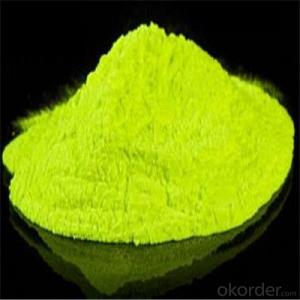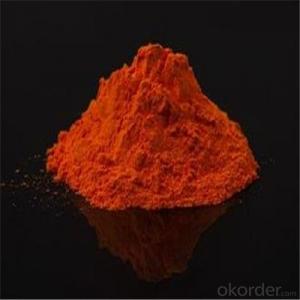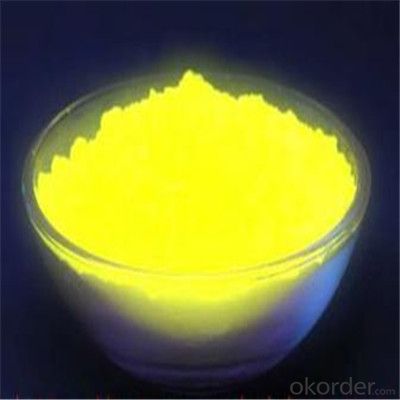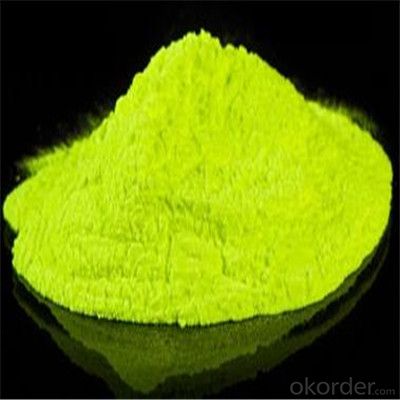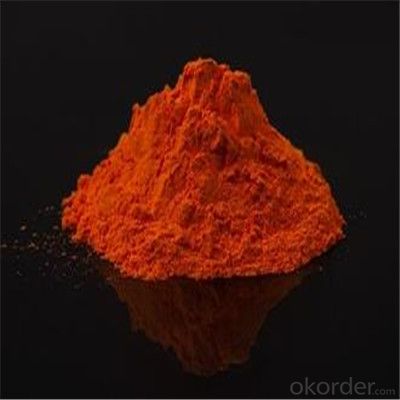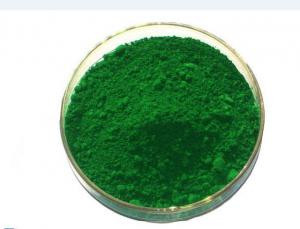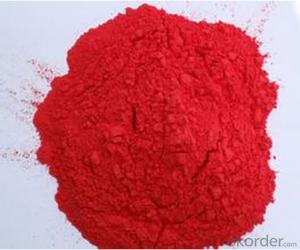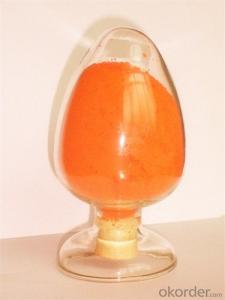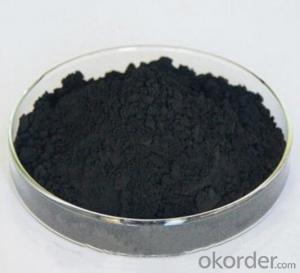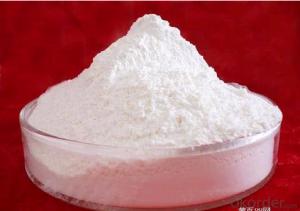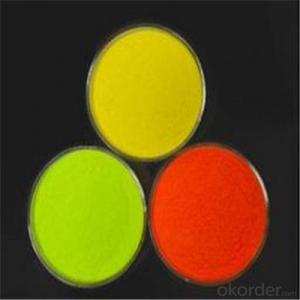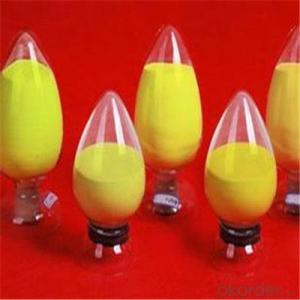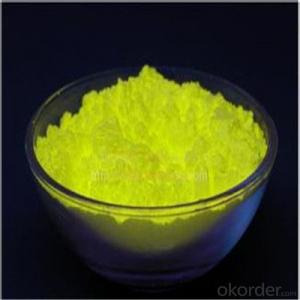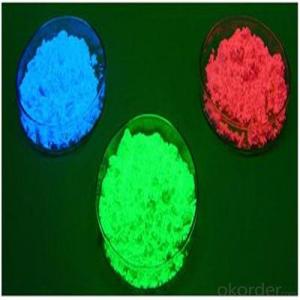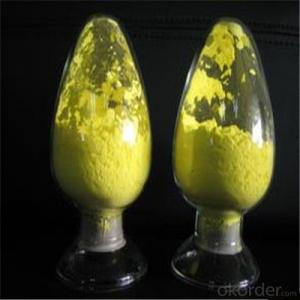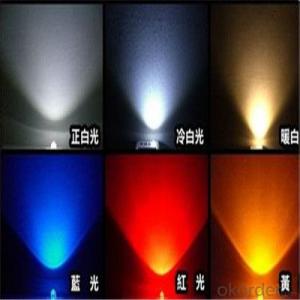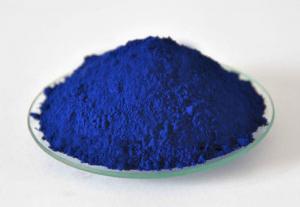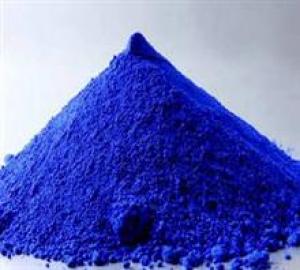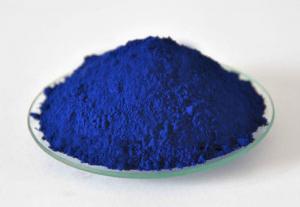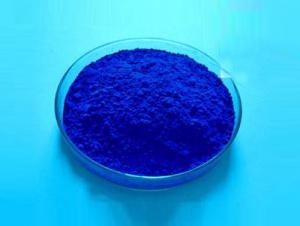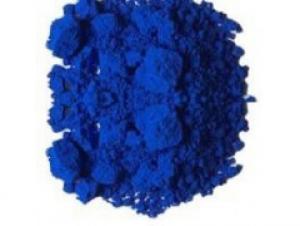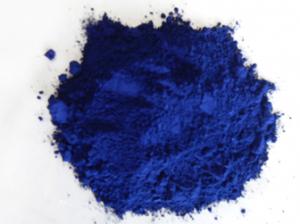LED Fluorescent Powder Hot Sale with High Quality
- Loading Port:
- Hai Kou
- Payment Terms:
- TT OR LC
- Min Order Qty:
- 33 kg
- Supply Capability:
- 100000 kg/month
OKorder Service Pledge
OKorder Financial Service
You Might Also Like
Description of LED Fluorescent:
Extensive usage: it applies to various LED encapsulation from cool white to warm white. The rendering index can be up to 98 with red powder.
Festures of LED Fluorescent:
Fluorescent powder or Phosphors are often transition metal compounds or rare earth compounds of various types. The most common uses of phosphors are in CRT(cathode ray tube) displays and fluorescent lights. CRT phosphors were standardized beginning around World War II and designated by the letter "P" followed by a number.Phosphorus, the chemical element named for its light-emitting behavior, emits light due tochemiluminescence, not phosphorescence.
Specifications of LED Fluorescent:
Many phosphors(Florescent Powder) tend to lose efficiency gradually by several mechanisms. The activators can undergo change of valence (usually oxidation), thecrystal lattice degrades, atoms – often the activators – diffuse through the material, the surface undergoes chemical reactions with the environment with consequent loss of efficiency or buildup of a layer absorbing either the exciting or the radiated energy, etc..
Images of LED Fluorescent:
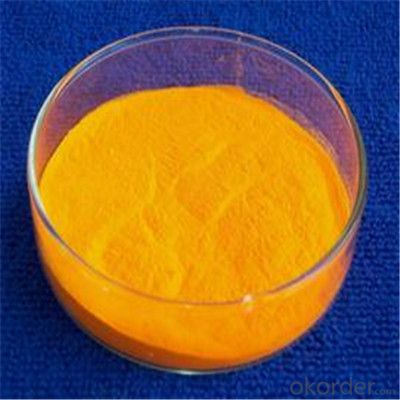
FAQ:
1.When can i get the price quotation?
We can send you the quotation within 24hours after your inquiry, including the shipping cost if you need.
2.What about payment term?
30% T/T deposit, balance against B/L copy.
Full T/T payment if quantity less than MOQ.
3. What’s your after-sales service?
One-year warranty, and 1% common accessories.
- Q: I need to find powdered paint or pigment that I can throw, for some photographs.Preferably cheap, and that wouldn't stain skin.I've looked into powder paint, though this tends to stain skin for about a week.Thanks :)
- Smash up sidewalk chalk.
- Q: What is the difference between dyes and pigments? Could you give some examples of each one please.
- Dye is used to change the color of things, like cloth. A pigment is like the color and texture of your skin. Or the color in paint.
- Q: What does pigment mean?
- * PIGMENT [uncountable and countable] = a natural substance that makes skin, hair, plants etc a particular colour. ==> Melanin is the dark brown pigment of the hair, skin and eyes. ==> The artist Sandy Lee uses natural pigments in her work. ( Longman Dictionary ) * PIGMENT = the natural colouring matter of animal or plant tissue. ==> Carotenoid pigments are red, orange, or yellow. ( Oxford Dictionary ) * PIGMENT = a substance used for colouring or painting, especially a dry powder, which when mixed with oil, water, or another medium constitutes a paint or ink. ==> All the frescoes are painted with earth pigments ( Oxford Dictionary )
- Q: can the pigment know as Chinese purple form a matter wave in certain circumstances?
- Peaceful demonstrations, which are the sorts urge by governments, are just a way of letting the public let off steam safely without achieving anything. It is most convenient for them - every one has a jolly time, a bit of bantering, and we all go back to the status quo. Just like the House, a lot of empty debates, and the government just goes ahead and does what it wants. The public is beginning to become aware of the severe limitations of democracy as it is practised in the west. There are times, as the government claims, it has to do what has to be done, even though the actions may be 'unpopular', meaning they are not supported by the majority, and therefore undemocratic. Thus, we have supposedly democratic governments doing undemocratic things (and we accuse other countries with different systems of being undemocratic!). In such situations where democratic governments are acting undemocratically, the public surely has a right to resort to actions other than the ballot box (denied them anyway), or futile gestures. The government is supposed to represent majority will in our system; where it ceases to do so, it has lost its mandate, and, should arguable be replaced before the election comes round.
- Q: which do you think is better??? and how do you apply pigment??? my boyfriend gave me a bag full of MAC make up in which there are 2 pigment bottles... i already love their eyeshadow.. i just want people's opinion on which one is better and when to use pigment... i mean, what is the difference??? Help Please!
- Pigment is basically a loose eyeshadow. To apply: you just dip your brush in and apply like normal eyeshadow. You can use a wet eyeliner brush to apply in the crease of your eye or under your eye like eyeliner. It's good stuff, I use it often. You can use a lighter application for day- neutral tones and create some dark, dramatic makeup for going out. My personal opinion is I like the eyeshadows better, they seem to last longer when applied dry. The pigment tends to wear off faster when applied dry. I haven't tried wet yet, so that may be better. You're a lucky girl to have a boyfriend who actually buys you makeup.
- Q: What does the word pigment mean?
- meant to be a pig. :)
- Q: what pigment are? give two example
- pigments found in plants, vegetables and fruits, make them look colorful. pigments found in animal skins, givie us colorful animal skins with variety of shades. Plant pigment Chlorophyll makes plant leaves look green. Plant pigment Carotenoid makes fruits and vegetables look orange, yellow, red. Plant pigment Phycobilin makes plants look bluish green or red.
- Q: does photosythesis requier pigment moulecuels?
- Pigments are needed, because they absorb the energy from the light. Different chlorophylls absorb different wavelengths. When pigment absorbs the photon, it releases an electron, which is used in photosynthesis as energy. Without pigment the light would just past through or reflect and no energy would be left to the cell to be turned into sugar.
- Q: a. chlorophyll ab. chlorophyll bc. chlorophyll cd. carotenoid pigments
- Chlorophylls are greenish pigments which contain a porphyrin ring. This is a stable ring-shaped molecule around which electrons are free to migrate. Because the electrons move freely, the ring has the potential to gain or lose electrons easily, and thus the potential to provide energized electrons to other molecules. This is the fundamental process by which chlorophyll captures the energy of sunlight. There are several kinds of chlorophyll, the most important being chlorophyll a. This is the molecule which makes photosynthesis possible, by passing its energized electrons on to molecules which will manufacture sugars. All plants, algae, and cyanobacteria which photosynthesize contain chlorophyll a. A second kind of chlorophyll is chlorophyll b, which occurs only in green algae and in the plants. A third form of chlorophyll which is common is (not surprisingly) called chlorophyll c, and is found only in the photosynthetic members of the Chromista as well as the dinoflagellates. The differences between the chlorophylls of these major groups was one of the first clues that they were not as closely related as previously thought. Carotenoids are usually red, orange, or yellow pigments, and include the familiar compound carotene, which gives carrots their color. These compounds are composed of two small six-carbon rings connected by a chain of carbon atoms. As a result, they do not dissolve in water, and must be attached to membranes within the cell. Carotenoids cannot transfer sunlight energy directly to the photosynthetic pathway, but must pass their absorbed energy to chlorophyll. For this reason, they are called accessory pigments. One very visible accessory pigment is fucoxanthin the brown pigment which colors kelps and other brown algae as well as the diatoms. From this I would say the answer is c.
- Q: What pigments take part in photosynthesis?
- Pigments are chemical compounds capable of absorbing certain wavelengths of light energy depending upon their color. A pigment will look the color of whatever wavelength it does NOT absorb, In photosynthesis there are two major classes of pigments 1) Chlorophyll-- which absorbs many light wavelenghts EXCEPT green- which comes in two forms, chlorophyll a which is possessed by most plants, algae and cyanobacteria and chlorophyll b found in both plants and green algae. 2) Carotenoids- pigments which look orange and brown and pass the energy on to chlorophyll for use in photosynthesis, hence their name of accessory pigments.
Send your message to us
LED Fluorescent Powder Hot Sale with High Quality
- Loading Port:
- Hai Kou
- Payment Terms:
- TT OR LC
- Min Order Qty:
- 33 kg
- Supply Capability:
- 100000 kg/month
OKorder Service Pledge
OKorder Financial Service
Similar products
Hot products
Hot Searches
Related keywords

